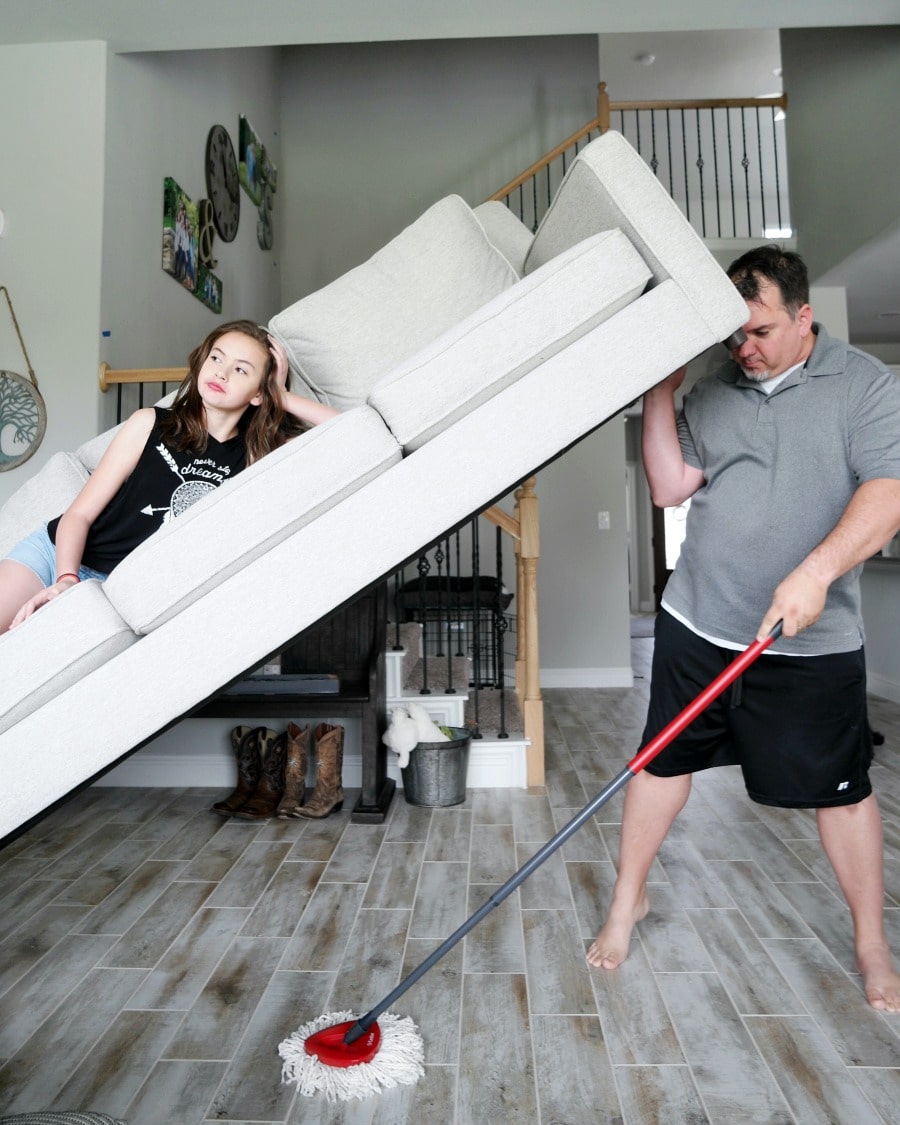It’s no news that a clean home is a happy home, but it’s always better to know for sure. After all, you can’t assume that your efforts are enough to sanitize your surroundings and protect your family from illness.

Prevent a Virus From Spreading
For this reason, scientists have dedicated themselves to uncovering the secrets of how pathogens spread inside homes and what you can do to avoid them.
What are pathogens?
The term “pathogen” may sound scary, but it simply refers to anything that causes disease. The most common pathogens are things like bacteria and viruses, but they also include parasites and fungi.
Although there are many types of pathogenic organisms, all of them share specific characteristics that help them grow and thrive in your home.
What makes a pathogen?
One of the biggest factors that determine whether an organism is a pathogen is its ability to survive for long periods of time outside its host. Pathogens must be able to withstand harsh conditions in order to outlast the hours, weeks, or months it would take them to re-infect another human being.
In your home, they can survive by infecting other hosts via contact with surfaces. Understanding how pathogens spread inside your home will help you make adjustments and take precautions. The faster you pinpoint where these organisms are hiding out, the faster you can find a way to kill them off completely.
What can you do?
One of the more recent discoveries is a simple, yet effective instrument — a shoe sanitizing station, which is most commonly used in hospitals.
Shoe sanitizing station
They have been showcased on popular social media sites and in viral videos. These helpful objects can be used in homes as well to greatly reduce the number of bacteria found in shoes.
Using a shoe sanitizing station will accomplish three main goals: minimize the risk of cross-contamination, protect your family from pathogens, and prevent home-associated infections. Whether you take your shoes off at home or work, this device will do wonders for you and your loved one’s health.
Clean with bleach
When most people think of cleaning products, they think of bleach, but that may or may not be a good thing. You see, bleach is one of the most effective and powerful disinfectants we have at our disposal, but it does come with its caveats.
Namely, chlorine gas can be toxic to humans and harmful if used incorrectly. Disinfecting your house with bleach is fine as long as you follow these precautionary steps:
- Use gloves and eye-wear, then open windows for ventilation,
- Mix only the amount that will be used in a short period of time,
- Make sure surfaces are completely dry before allowing anyone or anything to re-enter the area.
Clorox Disinfecting Wipes
Of course, you can’t always be around to take care of things yourself. Some tasks are better suited for devices like Clorox disinfecting wipes. These convenient items can be used to wipe down surfaces throughout the house, disinfecting them and killing all known pathogens in the process.
They come in several scents, including lemon breeze, which is great for people with allergies. Plus, they’re thick enough to use on counters without falling apart.
That’s why this item is perfect for anyone who wants to keep their home germ-free but doesn’t have time or patience enough to do it themselves.
Steam clean your house
One of the best ways to sanitize your home is through steam. When you use a household steamer, you’re not only getting rid of dirt and allergens, you’re also killing all sorts of pathogens.
The best part is, steam cleaners are versatile tools that can be used on any surface type — including tile, wood, and metal. To make sure your devices work at their full potential, remember to use distilled water (tap water contains minerals that interfere with the function).
Air purifying plants
Plants have always been thought to benefit humans in a number of ways: they help increase oxygen levels and reduce carbon dioxide, create a more pleasant atmosphere, and even help reduce stress and anxiety! One lesser-known fact is that certain types actually clean the air around them as well.
According to NASA, plants such as aloe vera, spider plants, and English ivy are excellent at purifying your home’s air quality. Introducing these types of flora in your home will help keep you and your loved ones healthy and free from illness and infection!
Keeping a clean home is not only good for protecting your health, but it can also impact how you feel on a daily basis. Maintaining this type of living environment is easier than ever thanks to the tremendous breakthroughs people have made in recent years.
